Classic Cars, Movies, Music, and Other Stuff ...
This time we’re looking at a forgotten Roger Moore movie. This movie was shot around the time Roger Moore had assumed the role of James Bond. I’m talking about “Gold” which was released in 1974. I remember its release, but did not watch it until much later. Another interesting fact about this movie is that it was shot in South Africa, at a time when that country was on the cusp of an international boycott due to its policies. And I happened to live in that neighborhood at the time. Here’s a look at “Gold.”
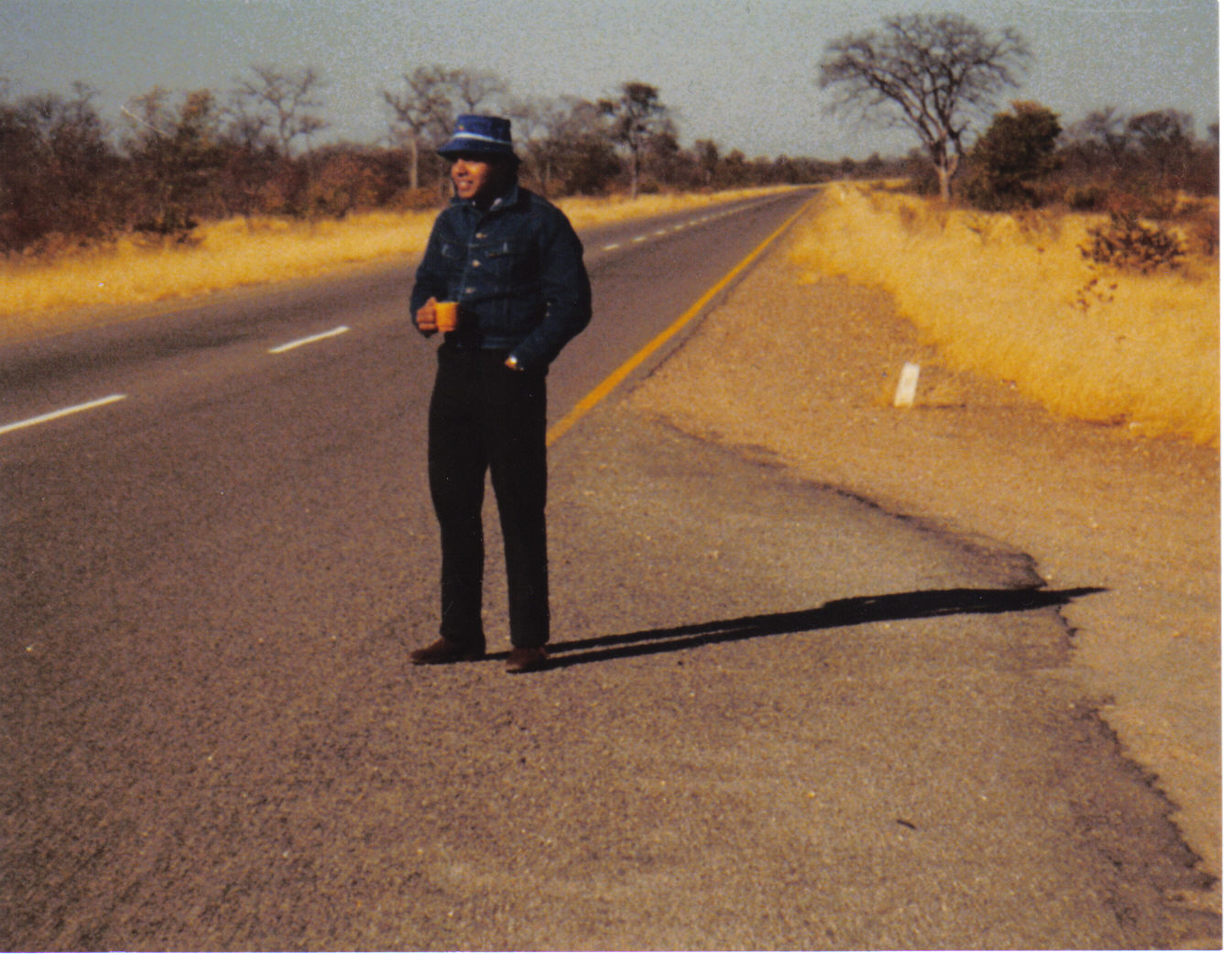

The movie “Gold” tells the story of a fictitious gold mining corporation, Sonderditch, planning to manipulate the price of the metal on the international market. They intend doing this by engineering a disaster in their gold mine, triggering a flood bringing operations to a standstill. This should drive gold prices up in the international markets, thus giving them control of the market price. And this is done with complete disregard to the lives at stake – including that of their newly hired General Manager, Rod Slater. But Rod, played by Roger Moore, is smarter than they expected and their plans run into problems as he stumbles upon their conspiracy.
To add to the intrigue, Rod starts an affair with his boss’s wife. How does the plan unfold, and does it does succeed? Check out the movie for the exciting climax.
There are two things that that stand out in the movie. And one of them is the stellar cast, which is surprising for a relatively low-key relatively unknown movie. These include:
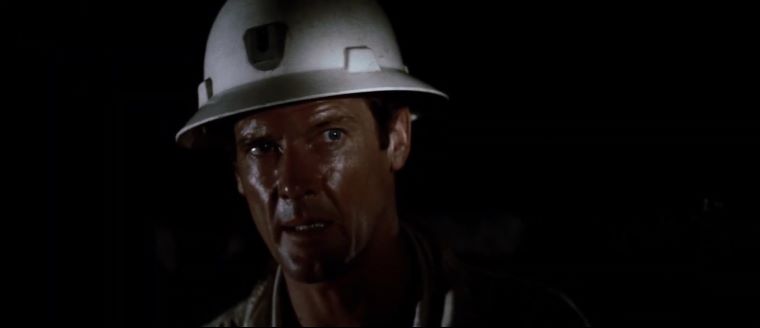
Being a big fan of Roger Moore since the days of “The Saint” and “The Persuaders.” At this juncture with him having just completed his first James Bond outing in “Live and Let Die,” it almost seems like he’s walking between the sets of this movie and “The Man with the Golden Gun.” Which makes him so much fun to watch in this role. He plays someone being set up to fail, but is smarter than anticipated.
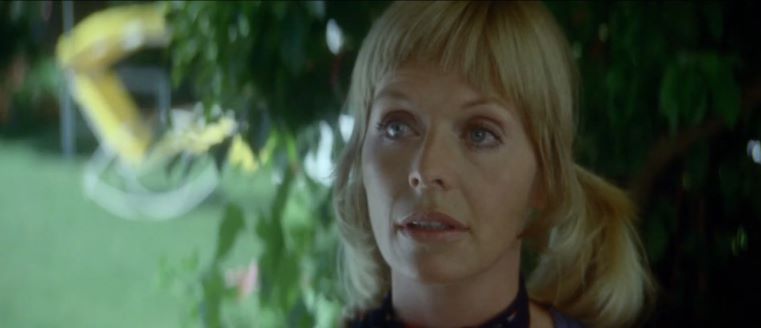
A well-respected British actress, Susannah York started her career on television and her big break on the big screen came on “Tom Jones” in 1963. Thereafter she kept getting roles on movies and television both in the UK and the US. In the 70s she seemed to fade away despite good potential. As Terry Steyner, she plays the daughter of the owner of the mine and the wife of Rod Slater’s boss.

No introduction required for the famous British/American actor. Here he plays the owner of Sonderditch gold mine. Unlike the rest of the upper management, and bankers, Hirschfeld is not aware of the plan to create an accident towards the market price manipulation.
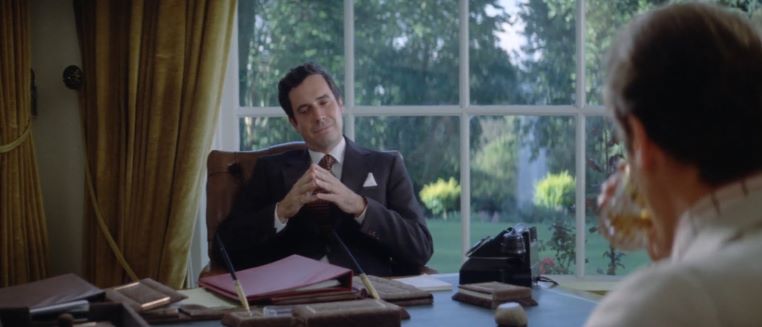
Primarily a television actor, Bradford Dillman has obviously shifty looks and plays the part well here too. He executes the plan on behalf of the masterminds of the conspiracy, and Rod Slater’s immediate boss. In fact, he is responsible for hiring Rod to the job.
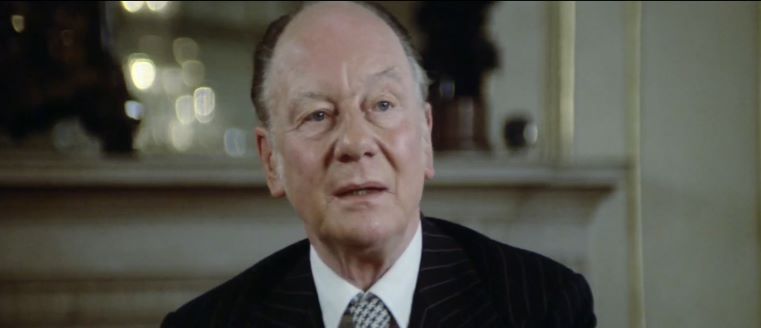
Highly respected Oscar winning actor, John Gielgud rounds up the stellar cast in this disaster-crime drama. Playing the chief conspirator of the whole operation and the one who calls all the shots in the conniving scheme. Having played similar roles of shady people in high places, he fits the role well playing it convincingly.
The story in itself is acceptable at best. It has all the standard stuff from a 70s movie – shady dealings, illicit affair, and a disaster in the making. The cinematography is one of the highlights of the film. You feel you are right there in South Africa of the 1970s with all its idiosyncrasies.
Despite all these ingredients, the movie seems to lack that something that would endear it to us. It seems to go through the set series of events almost predictably so. This predictability also results an almost unsurprising ending.
But there are other aspects of the movie that stand out for me, and I feel make it a worthwhile watch. And what are these?
It’s the location of the movie that, to me stands right out for Gold’s uniqueness.
South Africa was, by the 70s a pariah nation due to its apartheid policies so I’m surprised the movie was even made there in the first place. But if the story revolves around gold mining, nefarious dealings surrounding it in that strange environment, you have to film it there for authenticity. And this authenticity wins it for the film.
There’ve been many movies made centered around South Africa, all of them recreated in other locales. Having lived in that area, I loved that the South Africa of my youth seems to jump right out. Having travelled in that area, especially the airport just brought back so many mixed feelings. A bygone, flawed scenario captured on celluloid forever.
I guess things then were somewhat fuzzy hence the then government permitted the shoot as it cleverly, and subliminally, highlights the imperfect race relations. The Black population is shown restricted to menial tasks including the mining, or dancing for tourists. While the White population goes about its business like everything is just fine and dandy. There’s a nasty White foreman who seems to epitomize the attitude towards the Black population back then.
Which is why the producers likely shot it there. I’m surprised that the South African authorities overlooked some of these above-mentioned subtleties. This is the reason why one is able to understand the producer’s decision to film in South Africa despite popular dissensions – for a likely subliminal greater good. This is reflected in how Rod Slater expresses displeasure regarding the treatment of Black people.
One thing that did disappoint me is that none of the characters, other than the indigenous Africans had the local accent. There was some attempt on the part of Ray Milland, but it wasn’t nearly close enough. Again, some of the English-speaking South Africans tend to have less of that typically strong South African accent so I, grudgingly, will accept that. Rod Slater’s dalliances with his boss’s wife come off somewhat cliched and unnecessary. Almost like borrowing from his James Bond stuff. Although it seems to assist in the finale and likely wrap everything up as a happy ending of sorts.
Screenbound Pictures / YouTube
Two reasons this movie has been almost forgotten:
It feels lacking, despite a stellar cast
Many felt uncomfortable with its being shot in “that” country of
“that” period
But the scenery, sunshine, and cinematography of that beautiful country shines through making the movie worth watching. Especially for those like me for whom it’s not that system, but my youth that takes precedence. Due to these feelings, I can’t help but marvel at it.
Those days are gone, and the movie should be seen in new light and enjoyed accordingly. If you wonder why the cast agreed to be part of the movie in the first place, remember, the world was very different then. Boycotting South Africa was not as big as it became later.
A movie enjoyable not for the story, but a glimpse of the South Africa of then.
“Cactus Flower” (1969): Quirky Love Story
“Konga”(1961) – So Bad, it’s Good
“A Matter of Life and Death”(1946)
Thaps On the Large Screen (and the Small One)